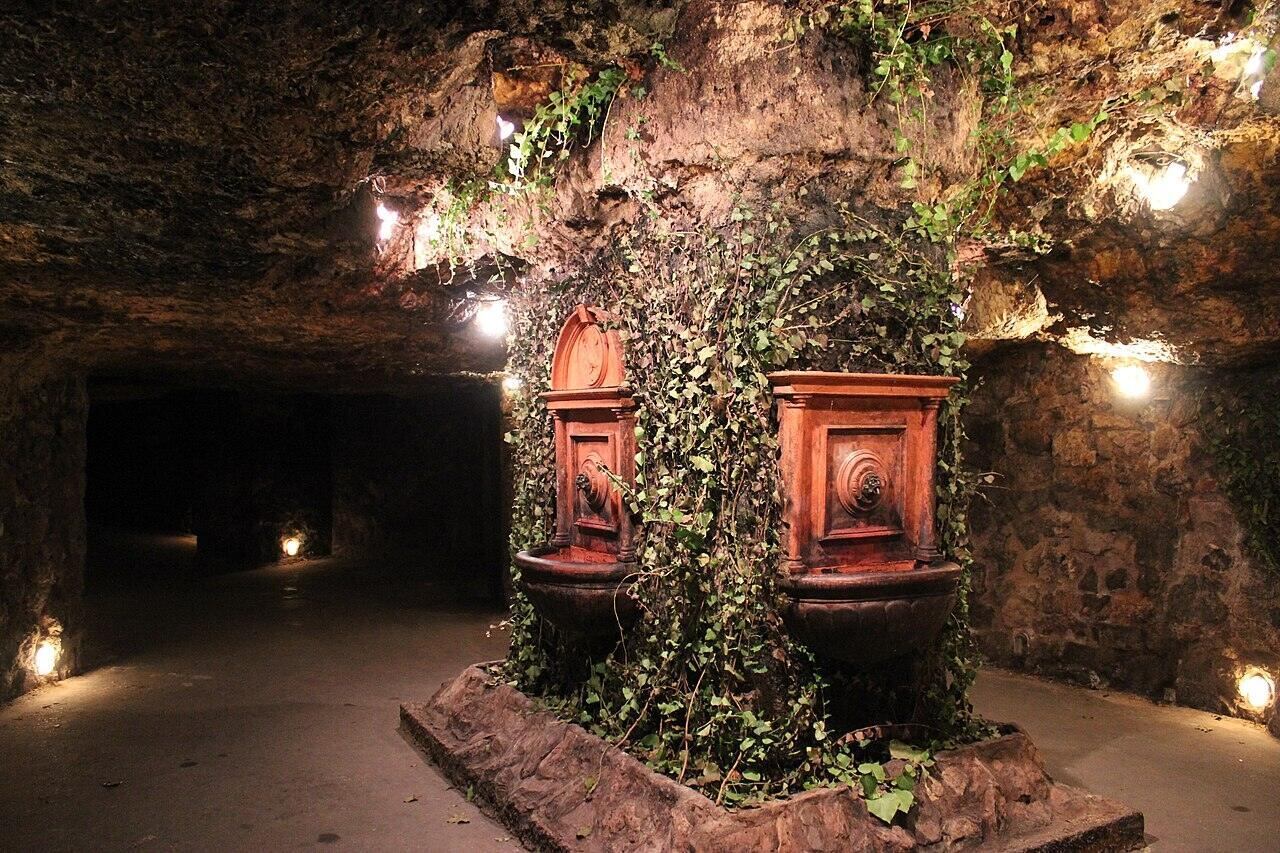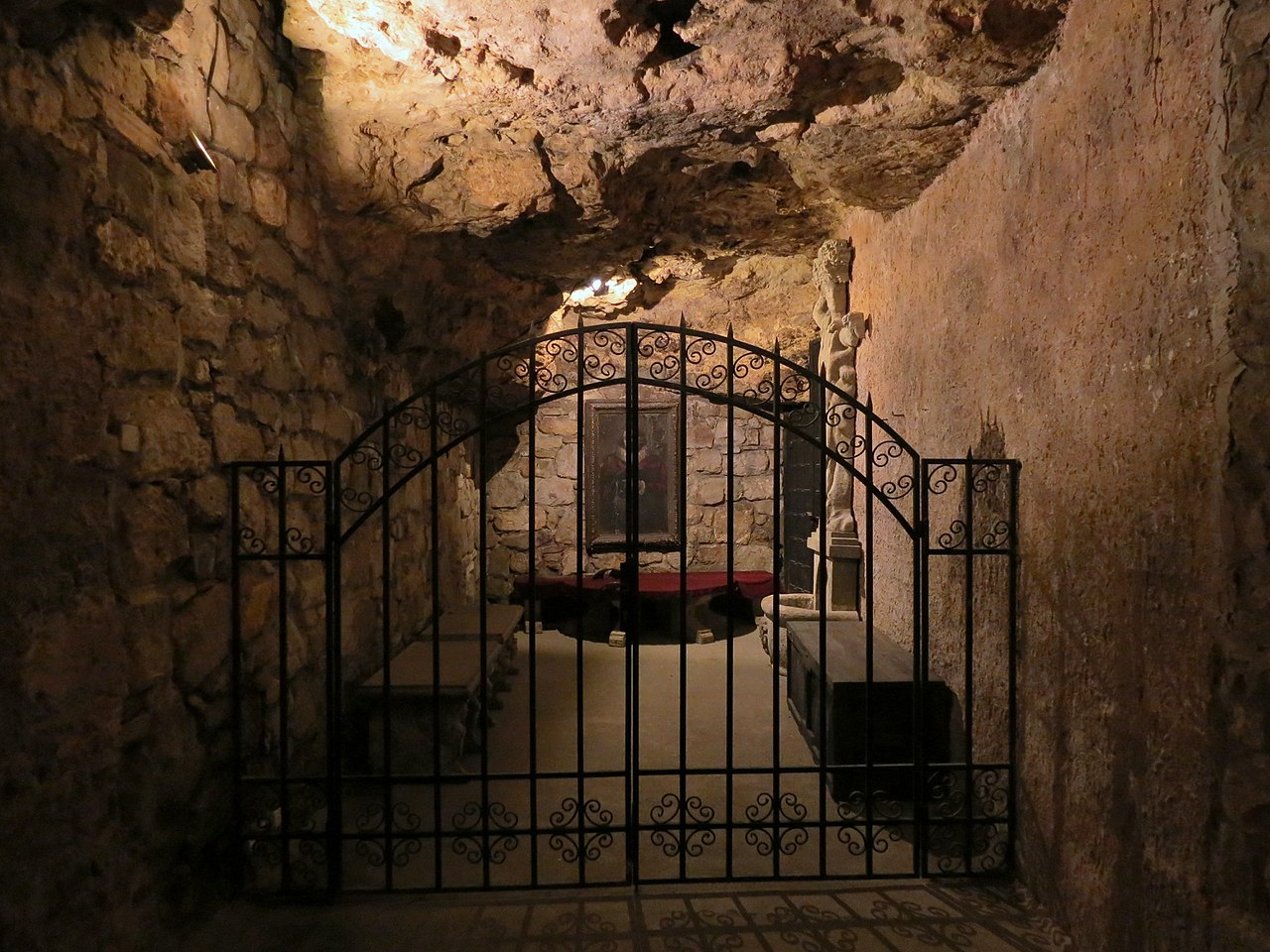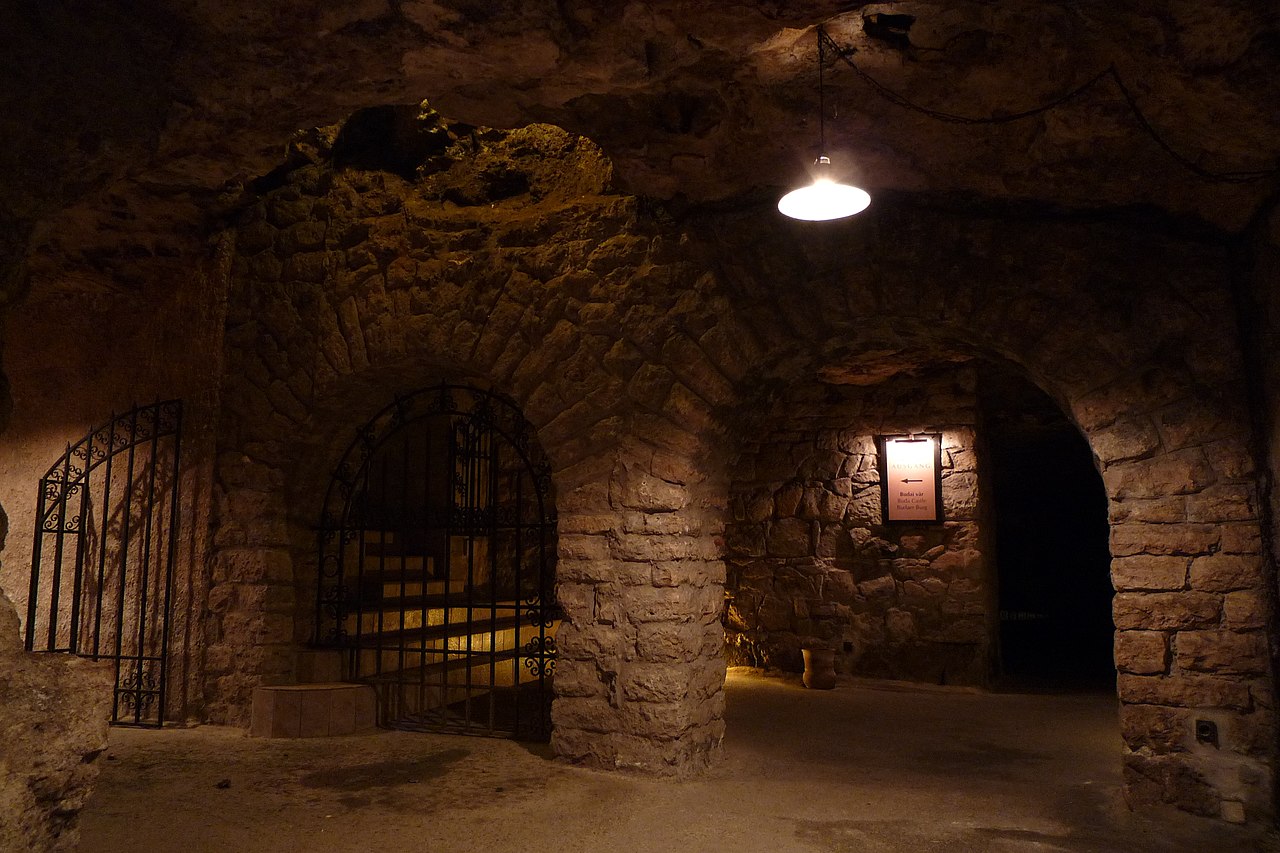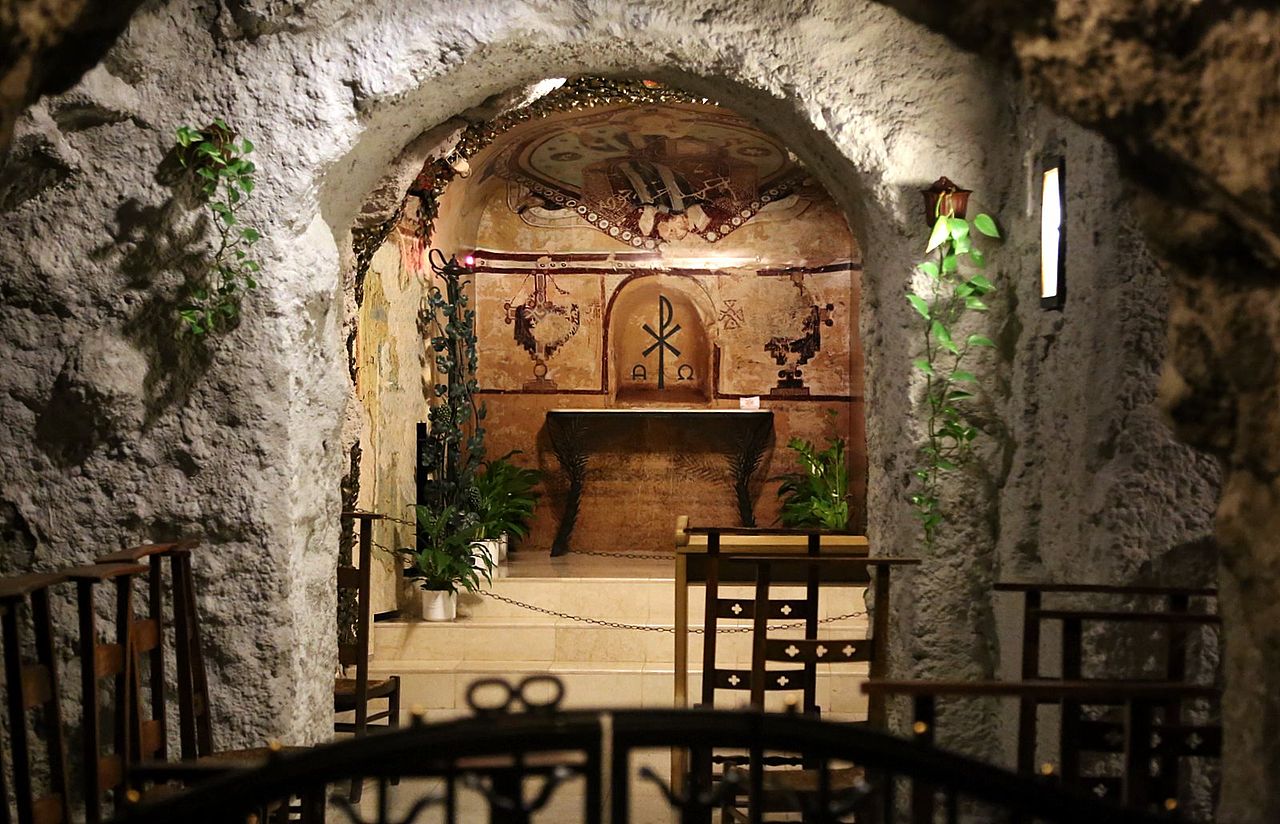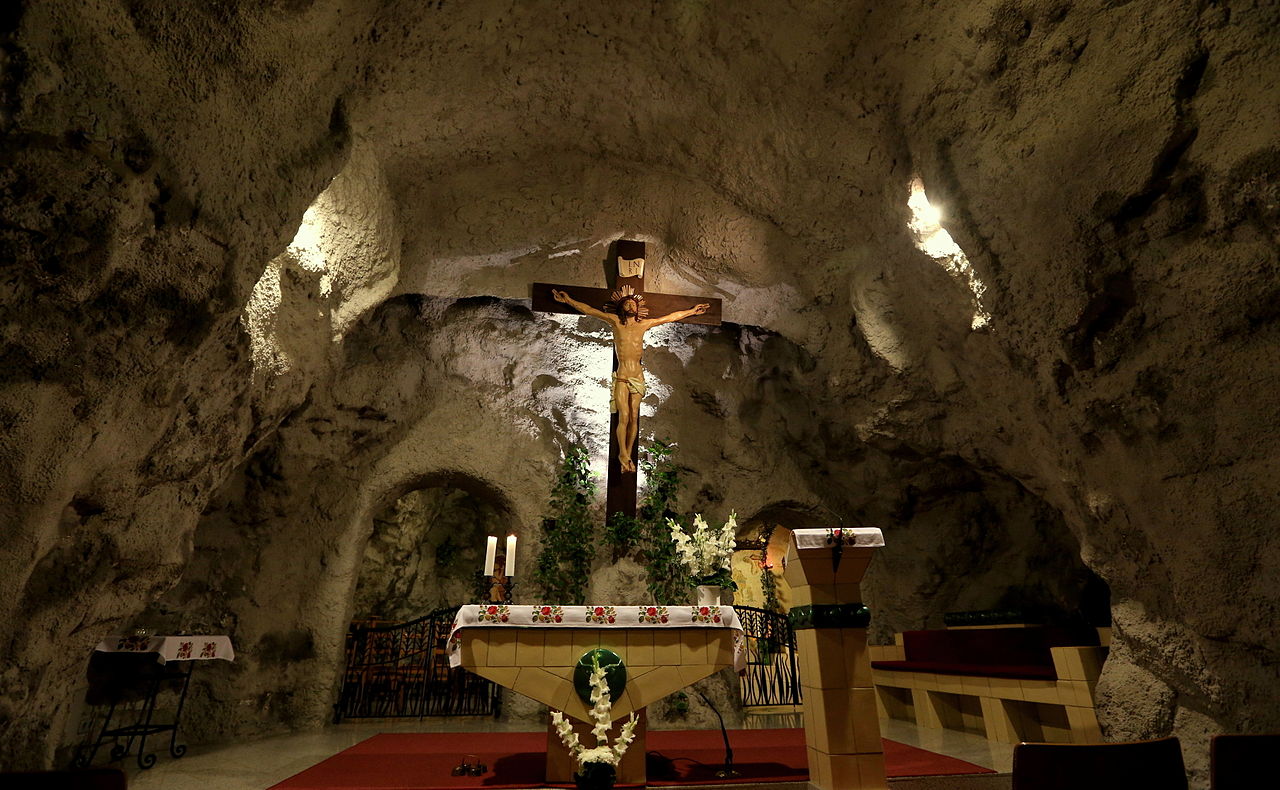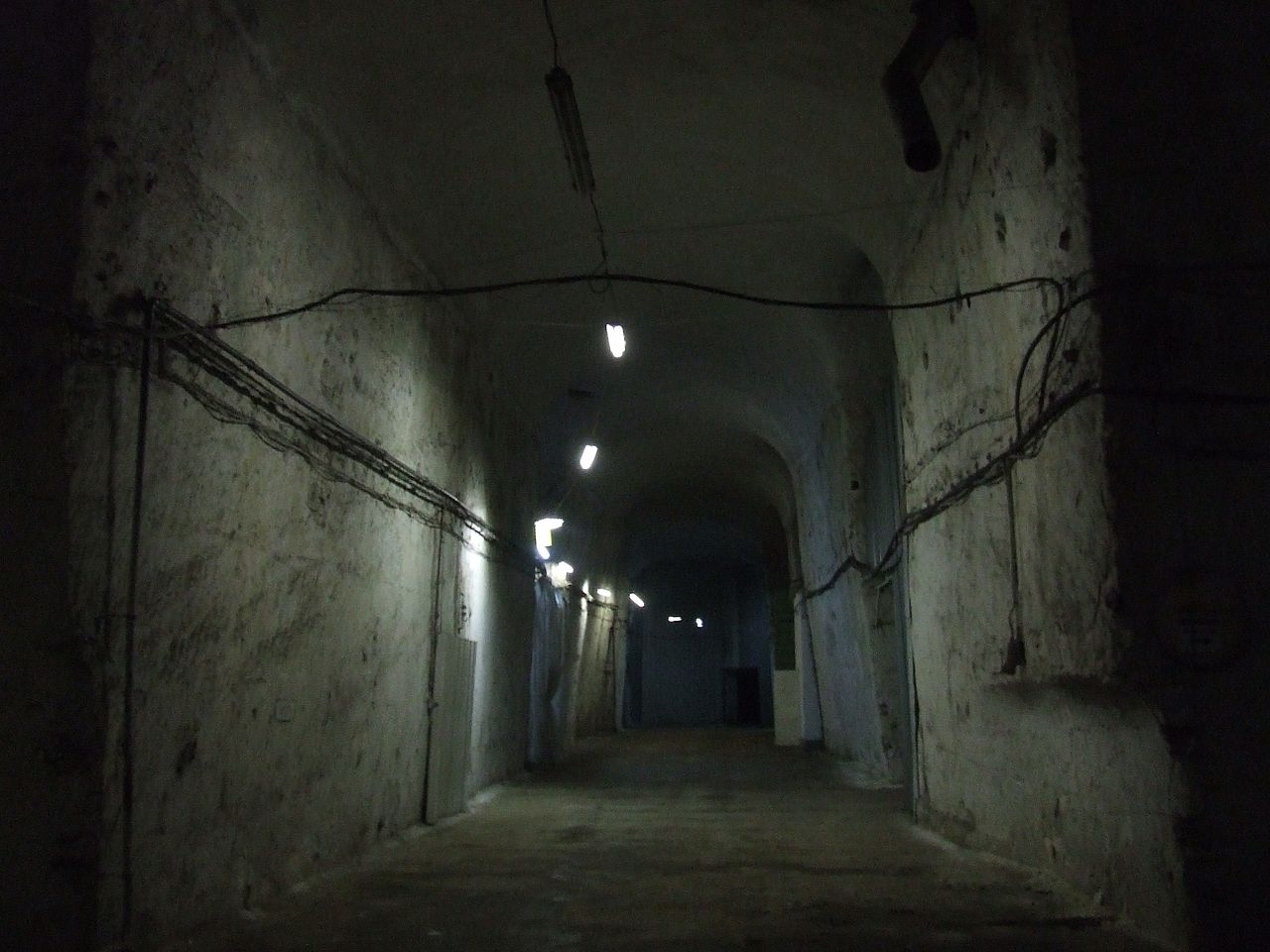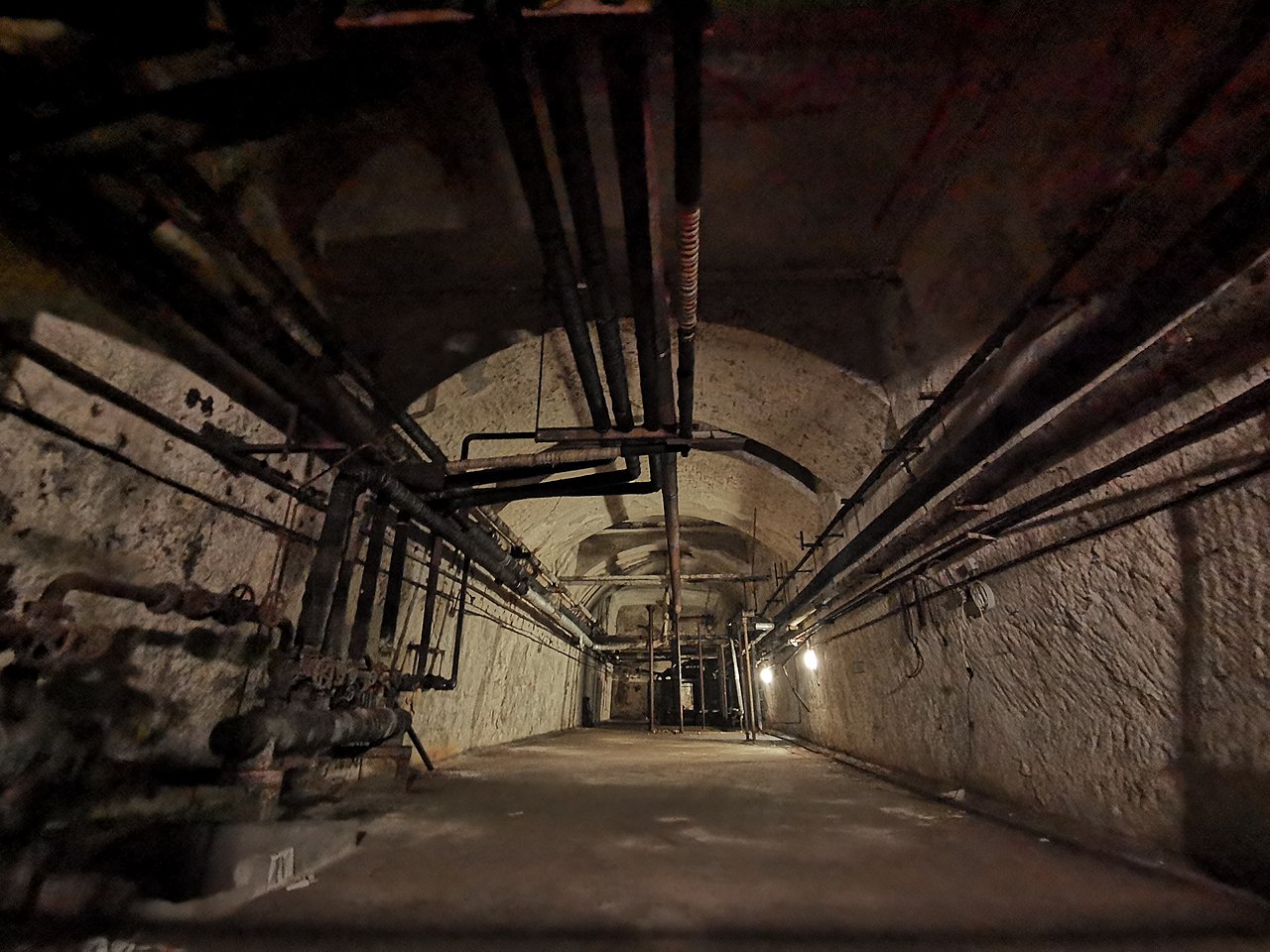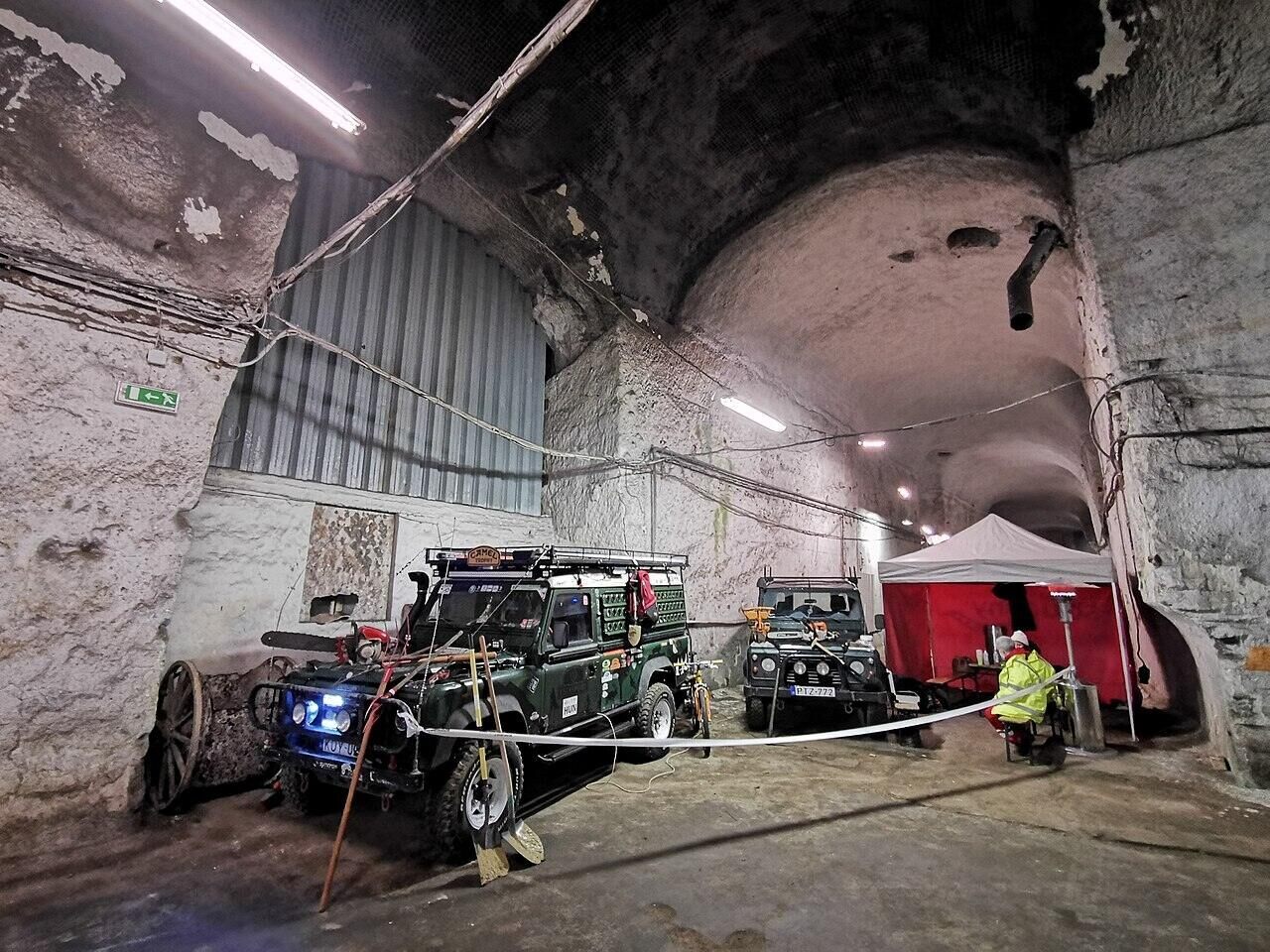Secret places to discover underneath Budapest – PHOTOS, VIDEOS
You might have been to Budapest before. Perhaps you have seen the Parliament or the Fisherman’s Bastion, but have you visited the hidden underground tunnels underneath the Hungarian capital?
Budapest is a stunning city, and it is also known as the capital of thermal water. In addition to being used for the thermal baths, the hot water also has a different function. Over the centuries the water has carved natural tunnels and caves underneath the capital. Locals have started using these caves as vine cellars and bomb shelters. Now, you can get a glimpse of the winding underground caves of Budapest.
Buda Castle Cave
One of the most well-known representatives of the underground cave system is the Buda Castle Cave. “Natural limestone caverns and 800-year-old man-made cellars had been connected to form a labyrinth-like underground system, thus becoming one of the most extraordinary caves in Hungary,” writes the Duna-Ipoly National Park on their website.
The Buda Castle Cave has three distinct levels, the first one is directly connected to the cellars of the nearby houses in the area. Then comes the Castle Cave itself, which can be found approximately 12-14 metres deep underground. The third level can only be accessed at a few places and is composed of natural caves. According to Várbarlang, one of these caves even has a lake.
They say that the labyrinth-like cave systems are connected to the surface via air vents and wells. Some decades ago, these wells had clear water, but unfortunately, it is not safe to drink from there anymore.
At the time of WWII, Germans soldiers were also using the cave system for their own advantage during the Siege of Budapest. Today, it operates as a museum and exhibition.
Discover the jaw-dropping caves of Hungary – PHOTOS
The tunnel under Gellért Hill
Although it is not so widely known, but Gellér Hill also has underground caves, or more like tunnels, to be exact. There are some indicators that there might have been some natural caves, but the site has been heavily modified by human interference.
According to Travelo, these tunnels were dug in the ‘60s and ‘70s to discover all possible thermals springs to help sustain the Gellért Bath. The tunnels connect the previously mentioned Gellért, the Rudas, and the Rác Baths with each other. The most notable thing in this tunnel is the rail system in the middle.
Due to lack of space, the repair work of Rudas and Rác Baths’ machinery was executed in Gellért Bath and the parts were carried via carts on the rails, Travelo wrote.
The tunnel system also branches off to the Saint Iván Cave which is figuratively called the cauliflower cave due to its interesting rock formations.
What is beneath the ground of Budapest? Discover the city’s hidden attractions!
The Rákosi Bunker
This underground creation used to be called Object F4, but it’s more known as Rákosi Bunker among locals. The bunker was renamed after the former communist leader who ordered its construction. According to Travelo, it is located 39-metre deep underground between Kossuth and Szabadság square on the Pest side.
The construction of the bunker started in 1952 and in the ‘60s it served as a mass shelter capable of housing 2,200 people in the 3,500-3,800 square metre tunnels.
Kőbánya Cellar System
Visits to the Kőbánya Reservoir are quite popular among tourists. The underground system was created through limestone mining. Due to the frequent collapses, the mine was closed down, but later wine and beer manufacturers began to store their barrels and kegs in the tunnels, Travelo says.
5+1 excursion sites in Budapest that you should not miss this autumn – PHOTOS
Interestingly, during WWII, the cellar system functioned as a shelter, but after 1944, it was used for manufacturing airplanes on the site.
Today, a section of the underground system is used by Dreher. The cellar is also a beloved destination of film crews and divers who like to explore the flooded areas of the former mine. The system is estimated to be around 32 to 33 kilometres long in total and it can be found 10-15 metres below the ground.
If you are intrigued, BudapestScenes frequently organises tours to visit these fascinating underground cave systems.

Read alsoMysterious wonderland in the heart of Budapest – VIDEO!
Source: var-barlang.hu, travelo.hu, Daily News Hungary
please make a donation here
Hot news
Container transport in Budapest may stop: How will this affect Hungarian economy?
Minister: Hungary will protect its territory by every means possible
Orbán cabinet may double airspace fee: another ticket price increase?
Hungary expanding the list of prohibited designer drugs
Hungarian minister: Ukraine ‘blackmailing’ Hungary and pro-peace states
Cocaine found on a Greek bus at southern border of Hungary




